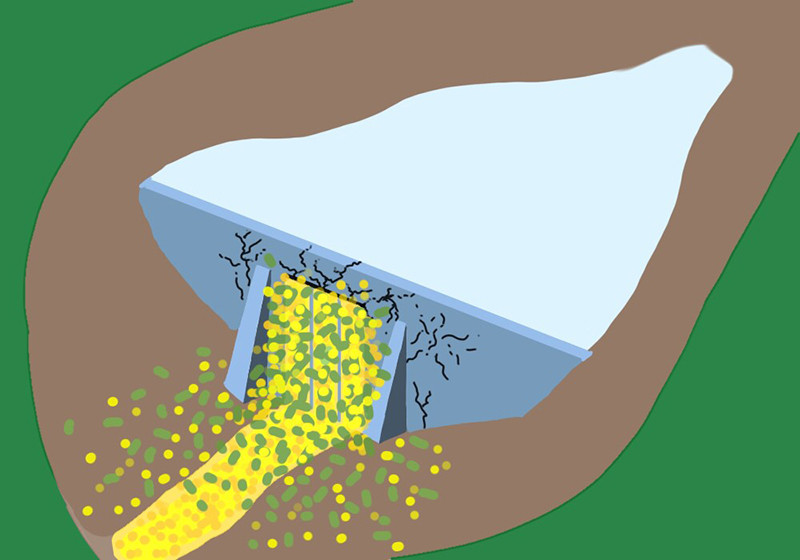Hydro rate hikes a risk-management strategy
Overestimated electricity demand leads to revised Hydro plans
Consumers in Manitoba may experience multiple hydroelectric power rate increases of 7.9 per cent, as Manitoba Hydro plans to deal with the risk debt imposes.
On July 31, the Public Utilities Board (PUB), which regulates the rates set by Manitoba Hydro, approved a 3.36 per cent increase effective Aug. 1. PUB denied Hydro’s proposal for an immediate interim 7.9 per cent hike.
Hydro’s longer-term proposal, still under review, is for five years of consecutive 7.9 per cent rate increases followed by five years of consecutive two per cent rate increases.
Illustration by Luis Mamani Rojas
“I’m disappointed by it,” Ali Shahin, a Winnipeg resident, says. Shahin says that as someone who lives in a newer, more energy-efficient condo it will affect him less, but for people in older houses, the impact will be significant.
“If I still lived in a house I used to rent, a house that was built in 1917, this increase, whether it’s just under four per cent or seven per cent, would make quite an impact on my monthly budget,” he says.
He wonders how if the need for proposed rate increases could have been avoided with less spending on big capital projects by Hydro.
“A large part of Hydro’s expenses is just paying interest because it’s very heavily indebted. It’s what they call capital intensive,” says Peter Miller, a volunteer with the Green Action Centre’s policy committee.
Miller notes that with a gas generator, you pay very little for the generator but keep paying in operating costs to refuel it. By contrast, he says, with Hydro the major expenses are the upfront capital costs to construct dams and transmission lines. Every time a new dam is built, Hydro incurs large capital expenses and resorts to borrowing.
Miller says that Hydro is at various stages of three major expensive capital projects: the Keeyask Generating Station, the Bipole III Transmission Line and the Manitoba-Minnesota Transmission Project (MMTP).
Keeyask was constructed to meet increased demand for electricity in Manitoba in the long term, he says. Hydro plans to export power to the US with the MMTP to pay off the interest.
Domestic power demand has grown slower than expected and the new board of Manitoba Hydro wants to get to a lower debt level quicker than the previous board, Miller says.
“We are asking for these rate increases because we need financial help to cover our operating costs and to pay for the ongoing maintenance and expansion of our system,” Manitoba Hydro media relations officer Bruce Owen says.
He notes that the costs are not just for northern capital projects, but also from electrical substations in Winnipeg that need to be upgraded or replaced.
“Our plan is to provide more balance to restore Manitoba Hydro to financial health,” Owen says.
PUB denied Hydro’s request for an immediate 7.9 per cent increase, stating that the crown corporation had not sufficiently shown the need for such an increase at the time. However, as this is an interim decision, the board will make a longer-term ruling after public hearings set to begin in December.
Published in Volume 72, Number 6 of The Uniter (October 19, 2017)






